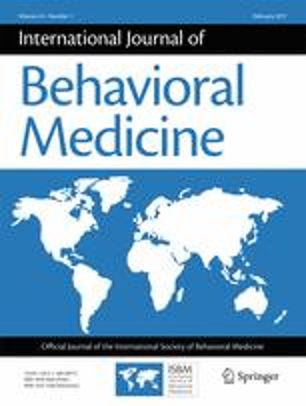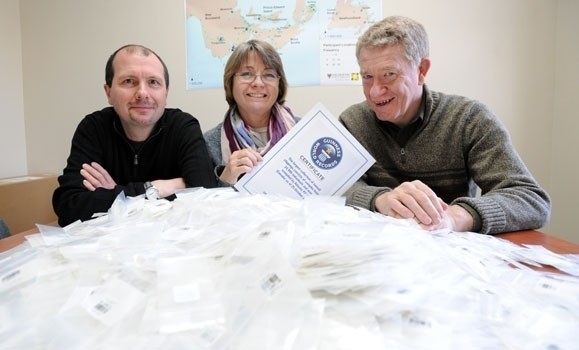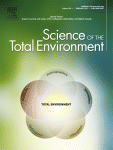Ambitious new study is a powerful tool in the fight against cancer and chronic disease (Originally Published on National Post) A new and powerful resource is now available in Canada to help researchers in the fight against cancer and other chronic diseases. The Canadian Partnership for Tomorrow Project (CPTP) is the first national database designed to both document and follow the health of hundreds of thousands of Canadians for decades to come. CPTP seeks to better understand the complex pathways of disease, and is aimed at improving health outcomes for the next generations. CPTP is the largest research database ever built in Canada, comprising harmonized information from five regional population health studies. Participants were recruited from British Columbia, Alberta, Ontario, Quebec and the Atlantic provinces. Dr. Catherine Boileau is the Director of Epidemiology at CARTaGENE, CPTP’s Quebec partner. She says the database offers researchers an opportunity to focus on analyzing data rather than starting from scratch to set up studies and recruit participants. Researchers have access to a wealth of biological and health data through a simple online request process. “Collecting information, collecting biological material and physical measurements costs a lot of money,” Dr. Boileau notes. “Gaining access to this resource saves money and time. Instead of having to collect data, recruit people and process biological material, researchers can now access the high-quality biological material they need [through CPTP].” Study participants are between the ages of 30 and 74, and have volunteered to provide updated health information over the course of their lives. They come from varying socio-economic backgrounds, and live in both large urban centres and remote rural towns. All have volunteered to fill out a baseline survey that includes detailed questions on their medical history, diet and lifestyle. They have also agreed to link their questionnaires and any bio-specimens with information from electronic health records. Nearly half of CPTP participants have provided blood samples that can be used for biochemical research. There are also 100,000 urine samples, as well as 45,000 blood spots and saliva samples that are additional sources of DNA. CPTP bio-samples also include more than 30,000 toenail clippings that can be tested for environmental exposure to toxins. “Researchers now have at their fingertips a valuable resource they can use,” says Dr. Trevor Dummer, co-leader of the West Coast’s regional population study, the BC Generations Project. He notes the national sample size represents about one in 50 Canadians within the CPTP’s age group. “We have gathered a lot of information on a large proportion of Canadians. Now that the infrastructure has been created, it is going to accelerate the speed at which we can do research studies.” Accelerated research into the risk factors for cancer is of particular urgency. Despite important advances made in recent decades, cancer remains a formidable adversary for those looking for new prevention strategies and treatments. The disease is complex, unpredictable, and the leading cause of death in this country. As Canada’s population ages, cancers are expected to become even more prevalent, and are forecast to rise by about 40 per cent by the year 2030. CPTP offers a unique window into the genetic make-up and health of people from across the country. It has significant statistical power to explore how genetic predispositions and environment can influence cancer risks. The database gives researchers a new opportunity to scale up their work to include more data from Canadians from diverse geographic regions. “You can test out whether a particular hypothesis in one province may hold true in other populations,” Dr. Dummer says. He points to a research project he and his colleagues are pursuing in B.C., on how urban development can impact people’s health in Metropolitan Vancouver. With CPTP, there is potential to expand the study to include people from other regions of the country. “You can see whether health outcomes in British Columbia hold true for the Prairies. It effectively enables us to do a number of cutting-edge projects.” CPTP is still considered a young population health research study. Its greatest value, according to Dr. Boileau and other researchers, may well be found in the years and decades to come. As the regional population health studies return to their participants for updates, the new information gathered might help shed light on why some people develop cancer and other chronic diseases while others don’t. “We are just beginning. We plan to follow participants for many years, and the study will become more valuable with time,” says Dr. Boileau. “We will be able to compare people who were exposed to different risk factors, and at what rate they develop these diseases.” Dr. Boileau adds that as researchers return the findings of their studies to the cohorts, they will enhance the quality of the data. The more researchers use the database, the more questions CPTP might be able to help answer. The door is now open for independent investigators to use this new national resource – one that holds great potential for scientific discovery. Last Updated on February 4, 2019










